There’s something deeply nostalgic about slicing into a freshly baked German Marble Cake—those rich chocolate and vanilla swirls take me right back to cozy afternoons in my grandmother’s kitchen. She always had a marble cake ready for guests, especially on Sundays when the coffee was strong, and the conversations lingered. This recipe is my heartfelt tribute to her timeless version of German Marble Cake, and it’s one I’ve baked more times than I can count.
What makes this cake truly special isn’t just its moist texture or the perfect contrast of cocoa and vanilla—it’s the simplicity of the method and the joy it brings with every bite. The batter comes together quickly, and that classic swirling step? It’s easier than it looks and creates the most beautiful marbled pattern, just like Oma’s. Whether you’re baking for a celebration, a holiday, or simply because you need a little comfort food, this German Marble Cake is always the right choice.
If you're looking for a dessert that feels both familiar and festive, this German Marble Cake is the one to bake. It’s not just a recipe—it’s a slice of tradition, passed down with love and shared around the table, one swirl at a time.
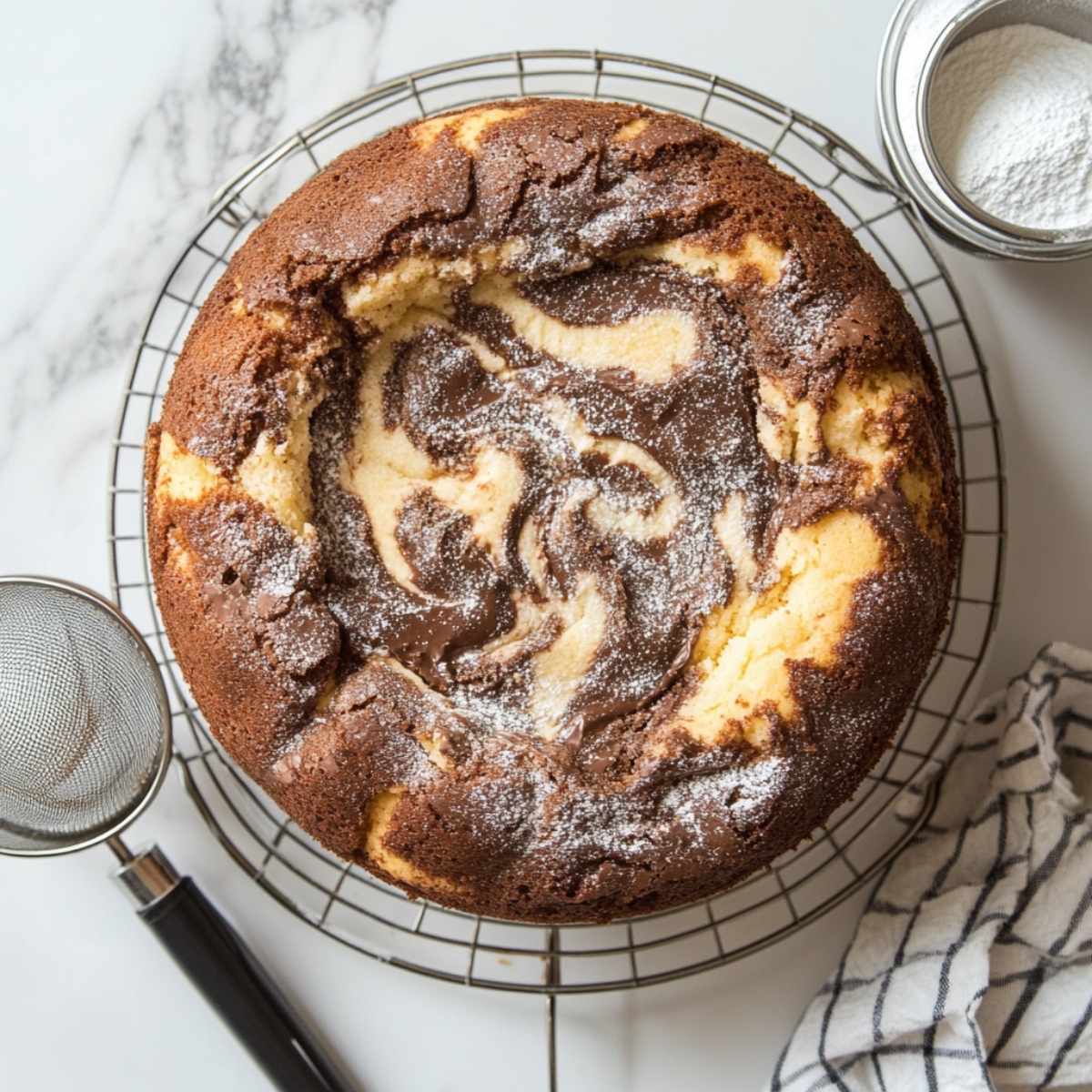
Why German Marble Cake is a Timeless Classic
There’s a reason German Marble Cake has earned its place as a treasured classic in so many homes across Germany. Growing up, no Sunday afternoon was complete without “Kaffee und Kuchen”—a comforting ritual where family gathered over coffee and sweet treats—and the marble cake was always the first to disappear. It wasn’t just the delicate swirl of chocolate and vanilla that made it so special; it was the love baked into every slice.
This authentic German Marble Cake recipe captures that old-world charm with humble pantry staples, yet the result is anything but ordinary. With its buttery crumb, tender texture, and eye-catching marbled layers, this cake reflects the kind of baking that doesn’t rely on shortcuts—just good ingredients and time-honored technique. Each family may add their own little twist, but the heart of the cake remains the same: a soft, rich crumb that melts in your mouth and fills your kitchen with the most inviting aroma.
What I love most about this German Marble Cake is how it feels both nostalgic and elegant. It’s perfect for sharing at a casual coffee break or dressing up as the centerpiece of a weekend gathering. You can serve it proudly on its own or create a beautiful dessert table with slices of German butter cake and German pound cake for a true taste of traditional baking. However you serve it, this German Marble Cake invites you to slow down, savor the moment, and celebrate the comfort of home.
Jump to:
Ingredients
For the Vanilla Batter:
- All-purpose flour (cake flour works too for extra tenderness)
- Unsalted butter, softened at room temperature
- Granulated sugar
- Eggs, room temperature
- Sour cream (key for moisture)
- Whole milk
- Vanilla extract
- Baking powder
- Salt
For the Chocolate Batter:
- Unsweetened cocoa powder
- Hot water
- Additional sugar
For Dusting:
- Powdered sugar for dusting
- Optional: chocolate glaze recipe for extra richness
Smart Substitutions:
- Swap sour cream with Greek yogurt for tang
- Use cake flour instead of all-purpose flour for a lighter texture
- Replace butter with equal parts vegetable oil for dairy-free option
- Add a tablespoon of instant coffee to the chocolate batter for deeper flavor
The quality of your cocoa powder makes a significant difference in this German marble cake recipe. Choose a good Dutch-processed cocoa for the richest chocolate flavor that will contrast beautifully with the vanilla batter.
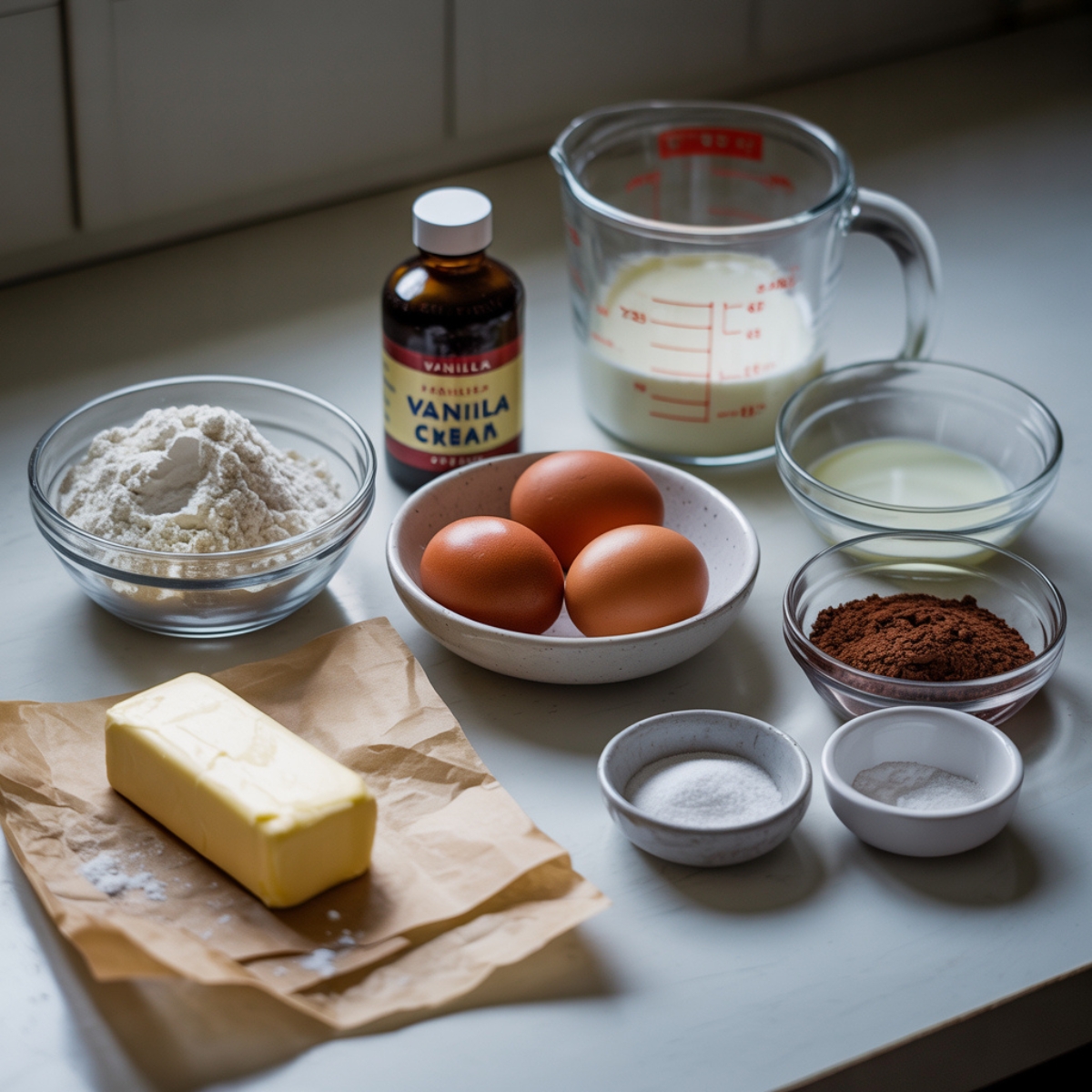
See recipe card for quantities.
Instructions
Preparing Your Pan and Making the Base Batter
- Preheat your oven to 350°F (175°C).
- Generously grease a 10-cup bundt pan with butter, making sure to coat every groove and crevice.
- Dust lightly with flour, tapping out any excess. This step is crucial for easy release of your marble bundt cake.
- Cream the softened butter and sugar in a large mixing bowl using an electric mixer on medium speed for 3-4 minutes until light and fluffy.
- Add eggs one at a time, beating well after each addition.
- Mix in vanilla extract, sour cream, and milk until just combined.
Combining Dry Ingredients and Creating the Chocolate Mixture
- In a separate bowl, whisk together flour, baking powder, and salt.
- Gradually add the dry ingredients to the wet mixture, mixing on low speed until just incorporated. Don't overmix – this keeps your German marble cake tender.
- In a small bowl, dissolve cocoa powder in hot water, stirring until smooth.
- Add the extra tablespoon of sugar to the chocolate mixture and mix well. This creates a concentrated chocolate paste that will give you distinct marble patterns.
- Take about ⅓ of your vanilla batter and fold in the chocolate mixture until evenly combined.
Creating the Marble Effect and Assembly
- Spoon alternating dollops of vanilla and chocolate batter into your prepared bundt pan.
- Start with vanilla, then chocolate, continuing to alternate until all batter is used.
- Using a knife or skewer, gently swirl through the batter in a figure-eight pattern.
- Don't overdo it – you want distinct swirls, not a muddy mix. Three to four gentle swirls are perfect.
Baking and Cooling Your German Marble Cake
- Bake for 50-60 minutes, or until a toothpick inserted into the thickest part comes out with just a few moist crumbs.
- The top should spring back when lightly touched. Baking time for marble cake can vary depending on your oven, so start checking at 45 minutes.
- Cool in the pan for 15 minutes before inverting onto a wire rack.
Let cool completely before dusting with powdered sugar or adding any glaze.
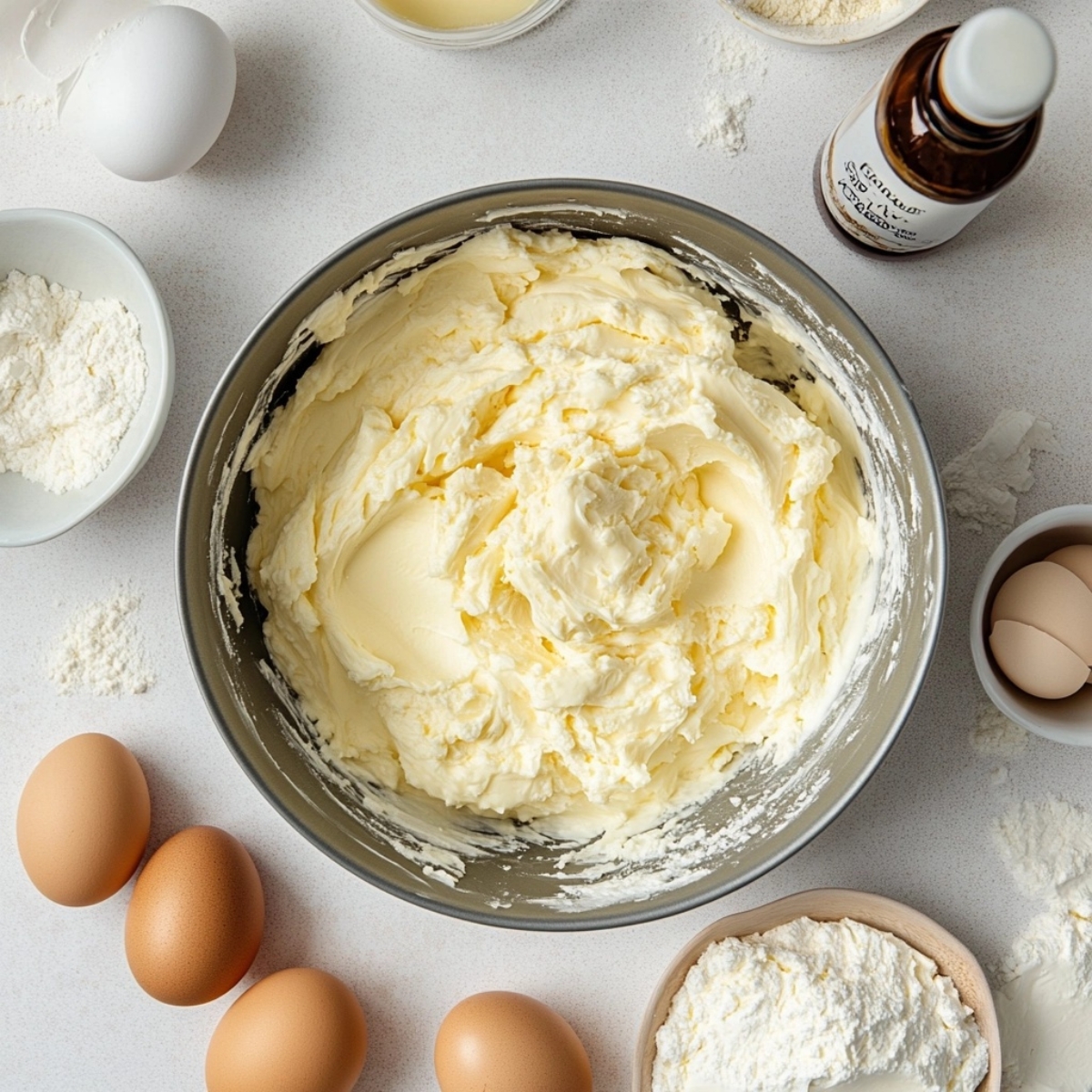
- Step 1: Preparing Your Pan and Making the Base Batter
Prepare your bundt pan and cream the butter, sugar, eggs, and liquids.
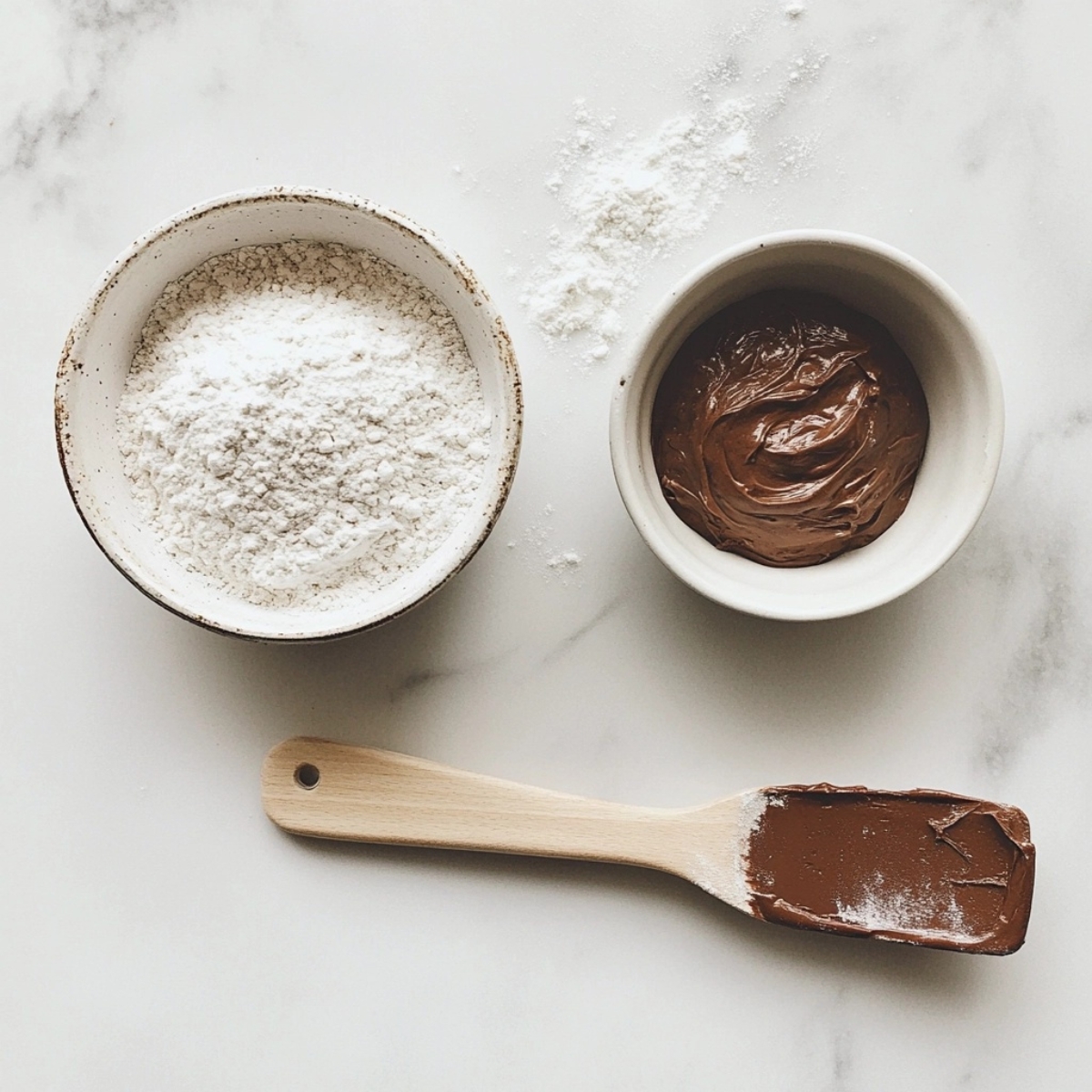
- Step 2: Combining Dry Ingredients and Creating the Chocolate Mixture
Combine dry ingredients and prepare the rich chocolate paste.
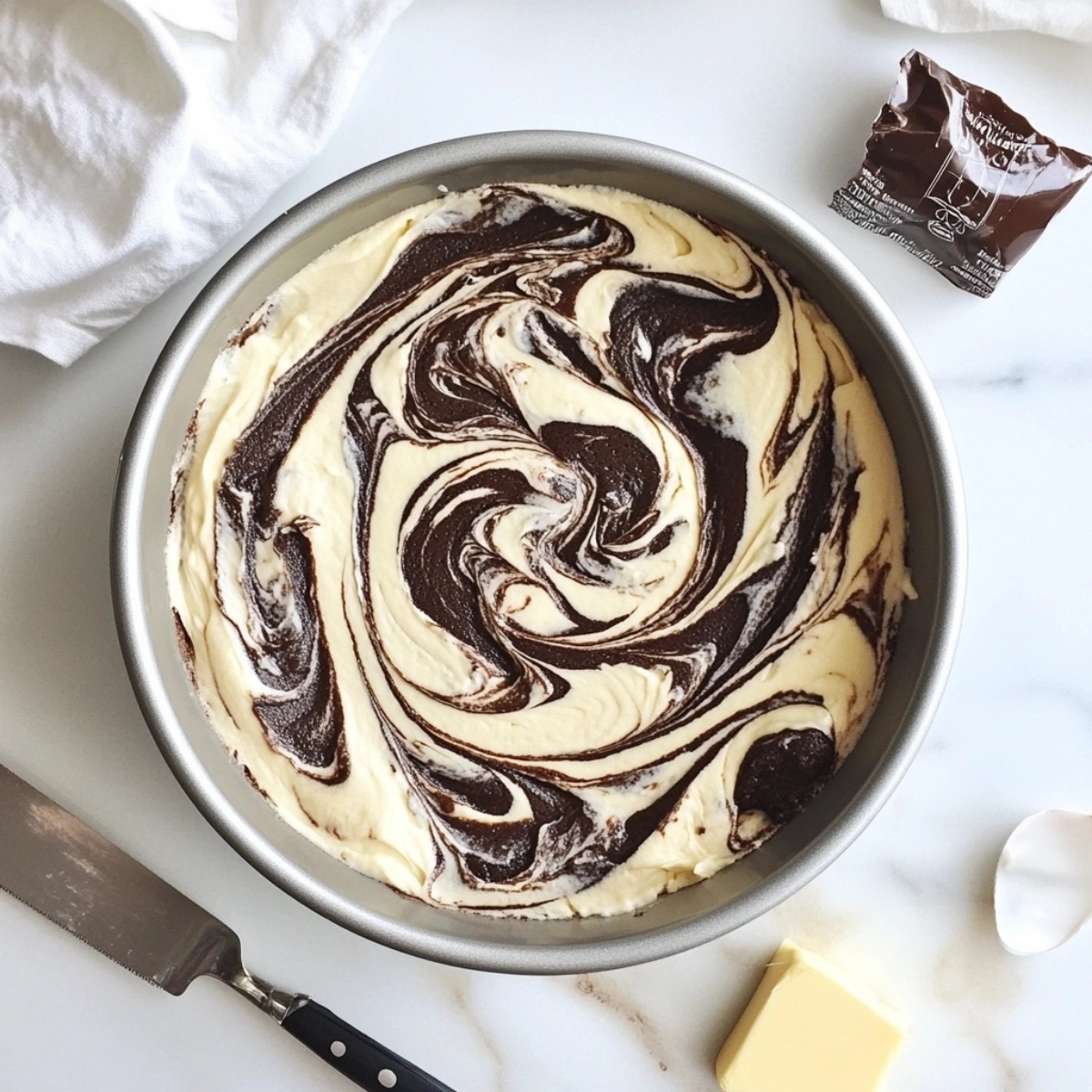
- Step 3: Creating the Marble Effect and Assembly
Layer and swirl the vanilla and chocolate batters to create the marble effect.
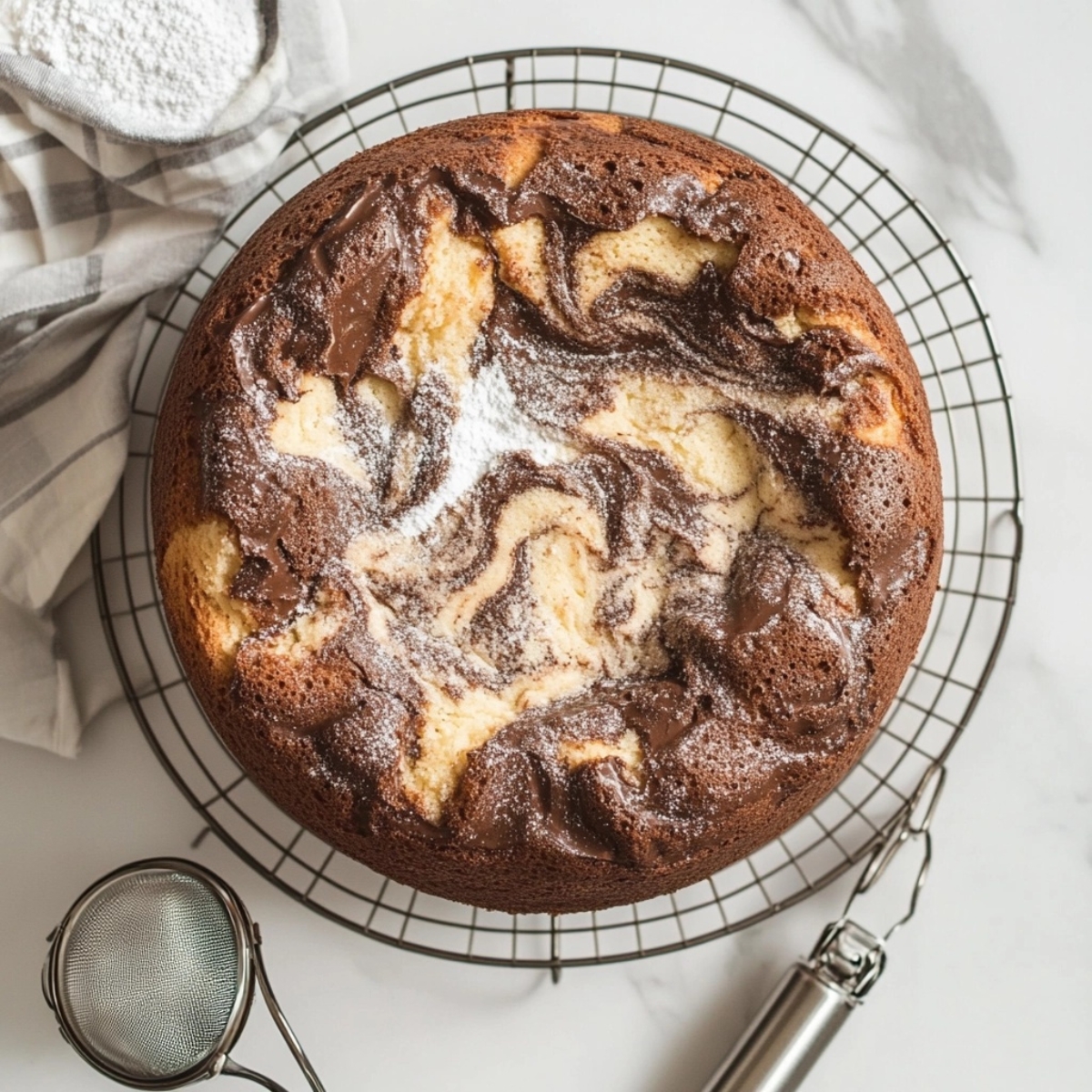
- Step 4: Baking and Cooling Your German Marble Cake
Bake until just set and let cool before finishing with sugar or glaze.
Essential Hints and Tips
Here's a game-changing tip: bring all your ingredients to room temperature before starting. Cold ingredients don't cream properly and can result in a dense cake rather than the light, fluffy texture you want in an authentic German marble cake.
For the most beautiful swirl patterns, use a gentle hand when mixing your batters together. The contrast between the vanilla and chocolate should be clearly visible in each slice. If you're feeling adventurous, try adding a tablespoon of rum extract to the chocolate batter for a traditional German twist.
Dietary Benefits and Serving Suggestions
This German marble cake recipe provides a perfect balance of flavors without being overly sweet. The sour cream adds protein and creates incredible moisture, while the eggs provide structure and richness. Each slice delivers both chocolate and vanilla satisfaction in one delicious bite.
Serve your marble cake traditionally with afternoon coffee or tea. It's also beautiful as a dessert with fresh berries or a dollop of whipped cream. For a true German experience, pair it with strong black coffee and enjoy during the traditional 3 PM coffee break.
The cake's moderate sweetness makes it suitable for both casual family meals and special occasions. Consider serving alongside other German desserts for a themed celebration or holiday gathering.
Recipe Variations and Substitutions
- Chocolate Marble Cake with Frosting: Top your cooled cake with a rich chocolate glaze recipe made from cocoa, powdered sugar, butter, and cream for an extra indulgent treat.
- German Marble Pound Cake Version: Increase the butter to 1 ¼ cups and add an extra egg for a denser, richer texture similar to traditional German pound cake.
- Gluten-Free German Marble Cake: Substitute the all-purpose flour with a 1:1 gluten-free baking flour blend. Add an extra tablespoon of sour cream to maintain moisture.
- Mini Marble Cakes: Divide the batter among individual bundt cake molds for personal-sized servings. Reduce baking time to 25-30 minutes.
For those following specific diets, this recipe adapts well to various needs while maintaining the authentic German marble cake flavor profile.
Equipment for Success
A quality bundt pan is essential for this German marble cake recipe. The traditional fluted design creates beautiful ridges that showcase the marble pattern. If you don't have a bundt pan, a tube pan works well, though you'll miss some of the decorative appeal.
An electric mixer makes creaming the butter and sugar much easier, resulting in better texture. However, you can make this recipe by hand with a wooden spoon and some elbow grease. A rubber spatula is perfect for folding ingredients without overmixing.
For the smoothest chocolate mixture, use a small whisk to combine the cocoa and hot water. This prevents any lumps that could interfere with your beautiful marble patterns.
Storage Instructions
Store your German marble cake covered at room temperature for up to 4 days. The cake actually improves after a day, as the flavors meld and the crumb becomes even more tender. For longer storage, wrap individual slices in plastic wrap and freeze for up to 3 months.
If you've dusted with powdered sugar, store in an airtight container to prevent the sugar from absorbing moisture. For cakes with chocolate glaze, allow the glaze to set completely before covering.
Leftover cake makes excellent breakfast bread when lightly toasted and served with butter. The marble patterns remain beautiful even after storage, making this cake as photogenic on day three as it is fresh from the oven.
The Secret That Makes My German Marble Cake Moist and Beautiful Every Time
I’ll never forget the first time my grandmother handed me the wooden skewer and told me, “Don’t wait until it’s dry—trust the smell.” That was her trick with German Marble Cake, and now it’s mine too. The key to getting that soft, buttery crumb isn’t baking it until it's completely set—it’s knowing when to stop just shy of done. At 45 minutes, I start checking, even if the timer says longer. This cake continues baking a little after it comes out of the oven, and that’s exactly how we get that melt-in-your-mouth texture.
And here’s another secret I hold dear: swirling the batters too much ruins the magic. Just three or four gentle figure-eights with a knife—nothing more. Any more, and you lose those gorgeous chocolate-vanilla ribbons that make German Marble Cake so special. These small choices make all the difference—and they’re the kind of lessons only time and a little family wisdom can teach.
FAQ
What is Germany's most famous cake?
Germany’s most famous cake is the Black Forest Cake (Schwarzwälder Kirschtorte). This iconic dessert layers chocolate sponge cake with whipped cream and cherries, often infused with Kirsch (cherry brandy). Topped with chocolate shavings and more cherries, it’s beloved for its rich flavor and striking appearance, making it a centerpiece at celebrations and bakeries across Germany.
What makes German chocolate cake different?
Despite its name, German chocolate cake is an American creation. It’s known for its mild chocolate cake layers and a distinctive coconut-pecan frosting. Unlike traditional German cakes, it uses sweet baking chocolate (originally “German’s” brand) and often skips heavy cream fillings or fruit, making it richer and sweeter than many authentic German cake recipes.
What is marmorkuchen in English?
Marmorkuchen translates to marble cake in English. It’s a classic German dessert made by swirling together vanilla and chocolate cake batters to create a marbled effect. The result is a moist, buttery loaf or bundt-style cake that’s as beautiful as it is delicious—often served with coffee during the beloved “Kaffee und Kuchen” tradition in German households.
What is the world's most famous cake?
The chocolate cake is widely considered the world’s most famous cake. Its universal appeal lies in its rich flavor, versatility, and global presence in countless variations—from molten lava cakes to layered birthday classics. Whether frosted, filled, or glazed, chocolate cake remains a timeless favorite across cultures and celebrations around the world.
Wrap Up Your Baking Day with the Charm of German Marble Cake
Bringing a slice of tradition to your table, this German Marble Cake is more than just a dessert—it’s a heartwarming reminder of how simple ingredients can create something truly unforgettable. Whether you're baking it for a cozy afternoon coffee break or as a showstopper for your next family gathering, this cake promises to impress with its rich flavor, tender crumb, and beautiful marbled design.
If you’re feeling inspired to explore more delightful bakes, don’t miss our buttery, flaky Mascarpone Puff Pastry—a perfect companion for brunch spreads or sweet cravings. Or indulge your inner cookie lover with our ultra-decadent Brookie Cookie, where brownie meets chocolate chip cookie in the most irresistible way.
Baking brings people together, and recipes like this German Marble Cake are the kind that become treasured memories. So swirl with love, bake with joy, and don’t forget to share your masterpiece—we’d love to see your creations!
Related
Looking for other recipes like this? Try these:
Pairing
These are my favorite dishes to serve with this German Marble Cake recipe:

Classic German Marble Cake Recipe
Equipment
- Bundt pan 10-cup capacity, greased and floured
- Mixing bowls Separate for dry and wet ingredients
- Electric mixer Or a wooden spoon for hand mixing
- Rubber spatula For gentle folding and scraping
- Whisk To dissolve cocoa in hot water
- Wire rack For cooling the cake after baking
Ingredients
Vanilla Batter
- 2 cups all-purpose flour or cake flour for extra tenderness
- 1 cup unsalted butter softened at room temperature
- ¾ cup granulated sugar
- 3 large eggs room temperature
- ½ cup sour cream key for moisture
- ¼ cup whole milk
- 2 teaspoon vanilla extract
- 1 ½ teaspoon baking powder
- ½ teaspoon salt
Chocolate Batter
- 3 tablespoon unsweetened cocoa powder Dutch-process preferred
- 2 tablespoon hot water to dissolve cocoa
- 1 tablespoon granulated sugar for added richness
For Dusting or Glaze
- powdered sugar for dusting
- chocolate glaze optional, for extra richness
Instructions
- Gently swirl with knife
- Cream butter and sugar until fluffy
- Add eggs, sour cream, milk, vanilla
- Mix dry ingredients separately
- Combine wet and dry ingredients
- Dissolve cocoa, mix with batter portion
- Alternate vanilla and chocolate in pan
- Gently swirl with knife
- Bake until toothpick comes out with crumbs
- Cool in pan then invert on wire rack
- Dust with sugar or glaze before serving

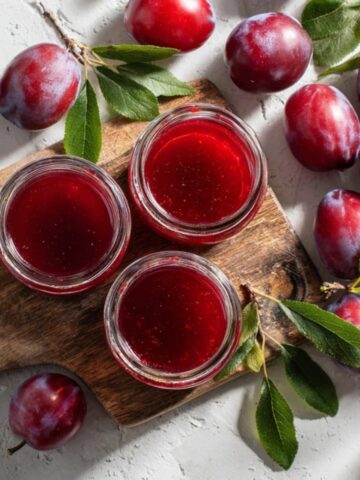
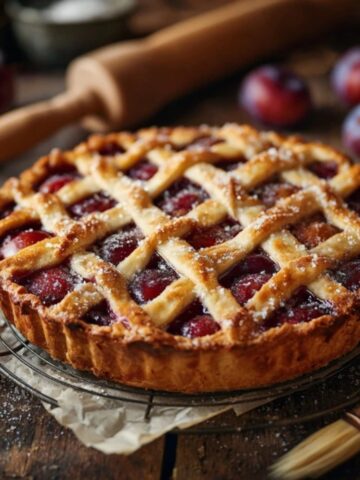
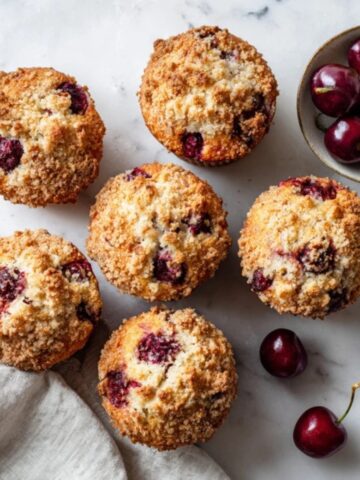
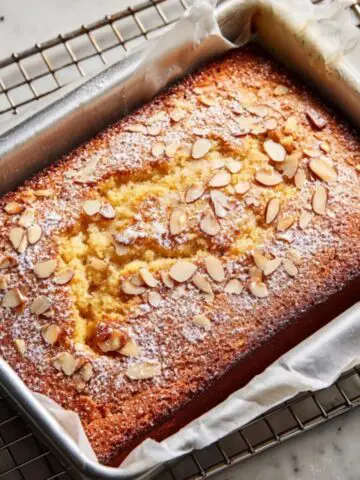
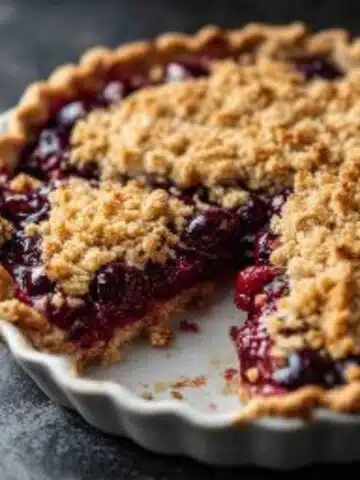
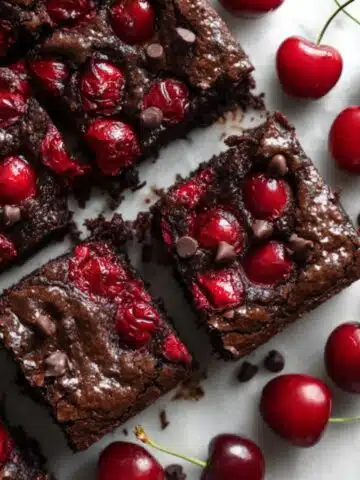
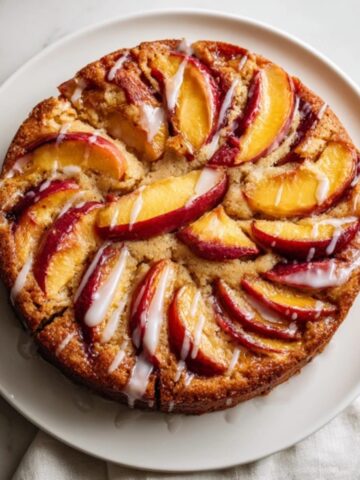
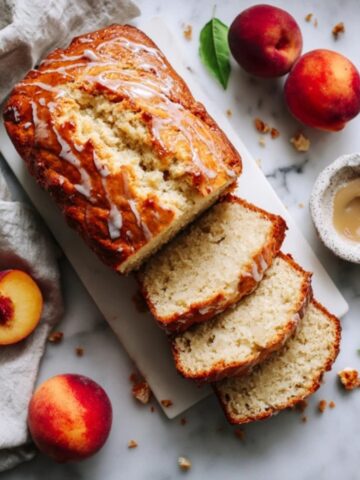
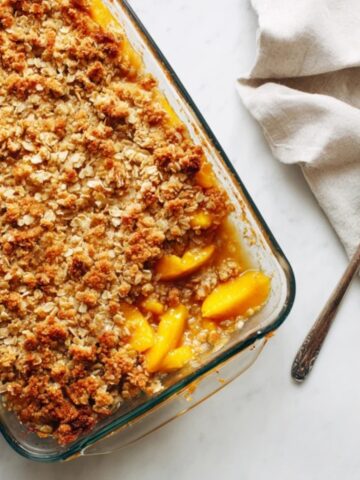
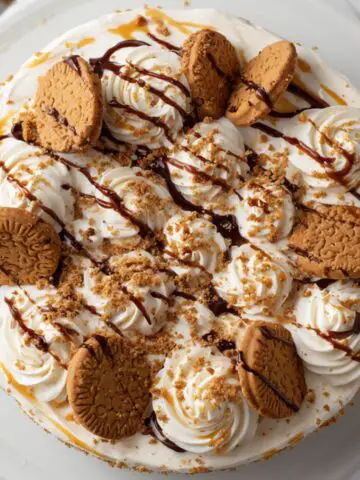
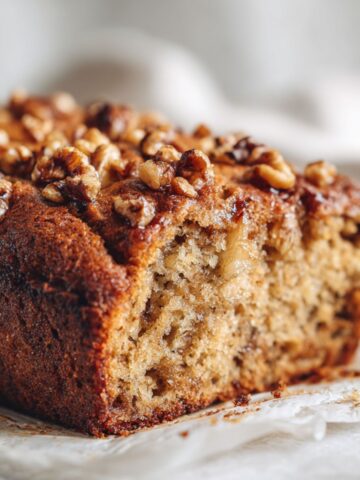
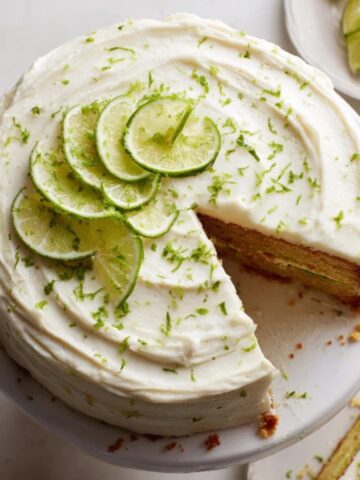
Leave a Reply